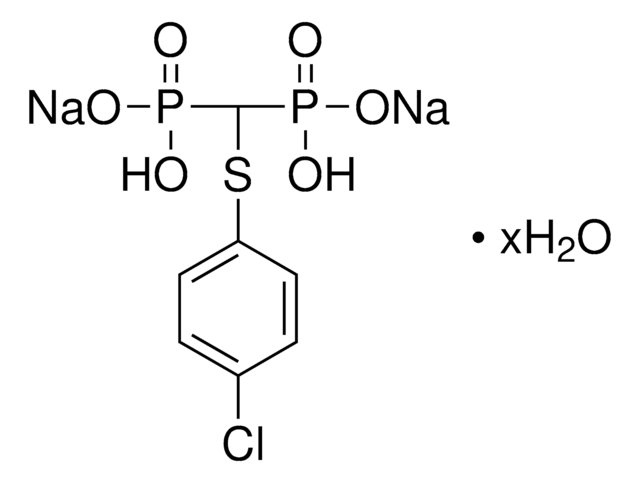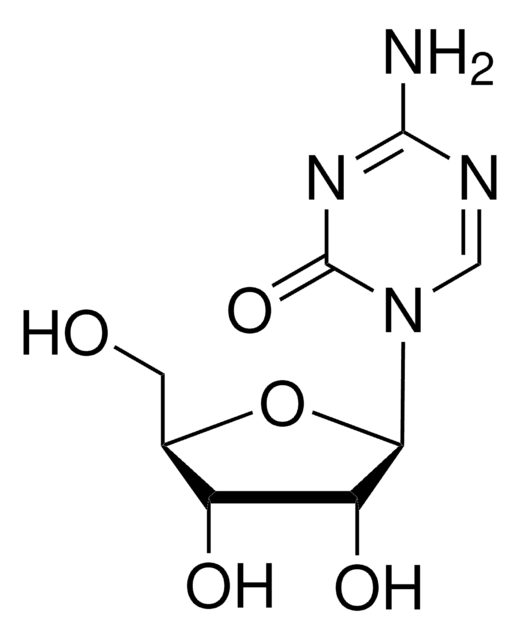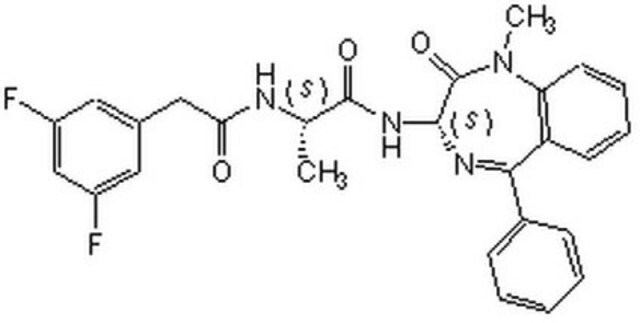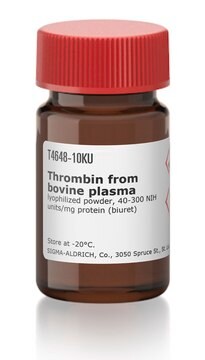T9701
TRAIL human
recombinant, expressed in E. coli, ≥98% (SDS-PAGE and HPLC), lyophilized powder
Synonym(s):
Apo2 Ligand, Apo2L, TL2, TNF-related apoptosis-inducing ligand
About This Item
Recommended Products
biological source
human
Quality Level
recombinant
expressed in E. coli
description
extracellular domain
Assay
≥98% (SDS-PAGE and HPLC)
form
lyophilized powder
mol wt
19.6 kDa
predicted mol wt ~21 kDa
technique(s)
immunofluorescence: suitable
impurities
endotoxin, tested
UniProt accession no.
storage temp.
−20°C
Gene Information
human ... TNFSF10(8743)
Looking for similar products? Visit Product Comparison Guide
Application
Biochem/physiol Actions
Physical form
Analysis Note
Storage Class Code
11 - Combustible Solids
WGK
WGK 3
Flash Point(F)
Not applicable
Flash Point(C)
Not applicable
Certificates of Analysis (COA)
Search for Certificates of Analysis (COA) by entering the products Lot/Batch Number. Lot and Batch Numbers can be found on a product’s label following the words ‘Lot’ or ‘Batch’.
Already Own This Product?
Find documentation for the products that you have recently purchased in the Document Library.
Customers Also Viewed
Our team of scientists has experience in all areas of research including Life Science, Material Science, Chemical Synthesis, Chromatography, Analytical and many others.
Contact Technical Service







